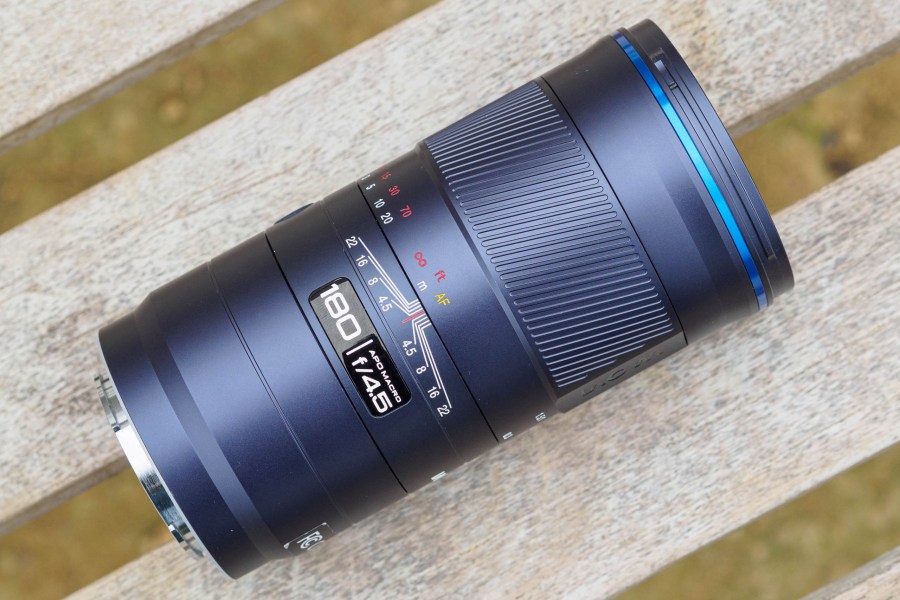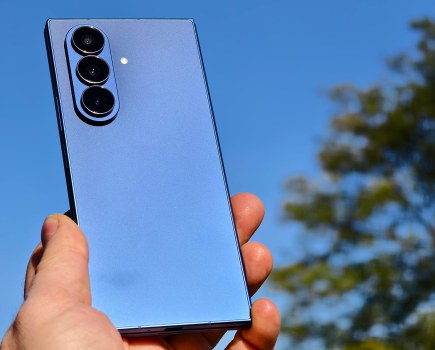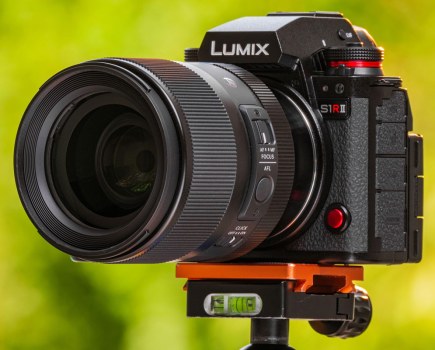Amateur Photographer verdict
The Laowa 180mm f/4.5 showcases the firm’s flair for innovative lens design, giving high magnification at a usefully long working distance. It’s very affordable and delivers great image quality, too.- Extremely good optics
- Provides greater than life-size magnification
- Long working distance
- Relatively portable design
- Very affordable
- Doesn’t automatically activate live view magnification
- Only autofocuses down to 1.5m
- No specific claim regarding weathersealing
- Can be prone to flare when shooting directly into the sun
The Laowa 180mm f/4.5 1.5x Ultra-Macro APO is a specialist macro lens for shooting small objects up-close, with a unique design and feature set. That ‘1.5x’ in its name indicates its greater-than-life-size maximum magnification, which means you can use it to photograph objects as small as 16 x 24mm using a full-frame camera. Its 180mm focal length affords a relatively long working distance, so you’re less likely to disturb live subjects. And thanks to the relatively modest maximum aperture, it does all this in a package that’s comparable in size to a typical 100mm f/2.8 macro lens. In short, it’s one of the best macro lenses I’ve used.
At a glance:
- $499 / £499
- Macro lens with 1.5x maximum magnification
- 30cm minimum focus
- Sony E, Nikon Z, Canon EF mounts with autofocus and electronic aperture
- Canon RF and L mounts with manual focus and aperture control
- 134mm long, 522g (E-mount)
That’s not all. Unusually, this lens comes in two distinctly different variants, depending on the mount. In the Canon RF and Leica L mounts, focusing and aperture operation are manual. However, in Sony E and Nikon Z mount, you get autofocus and electronic aperture setting. I tested the E-mount version.
Help is at hand for Canon users, though, as Laowa also makes an EF-mount version with autofocus. This will work on EOS DSLRs, of course, but Laowa will also happily sell it with an RF-EF mount converter. This, in effect, gives EOS R users the choice of getting either a manual or electronic lens, depending on their preferred working method.
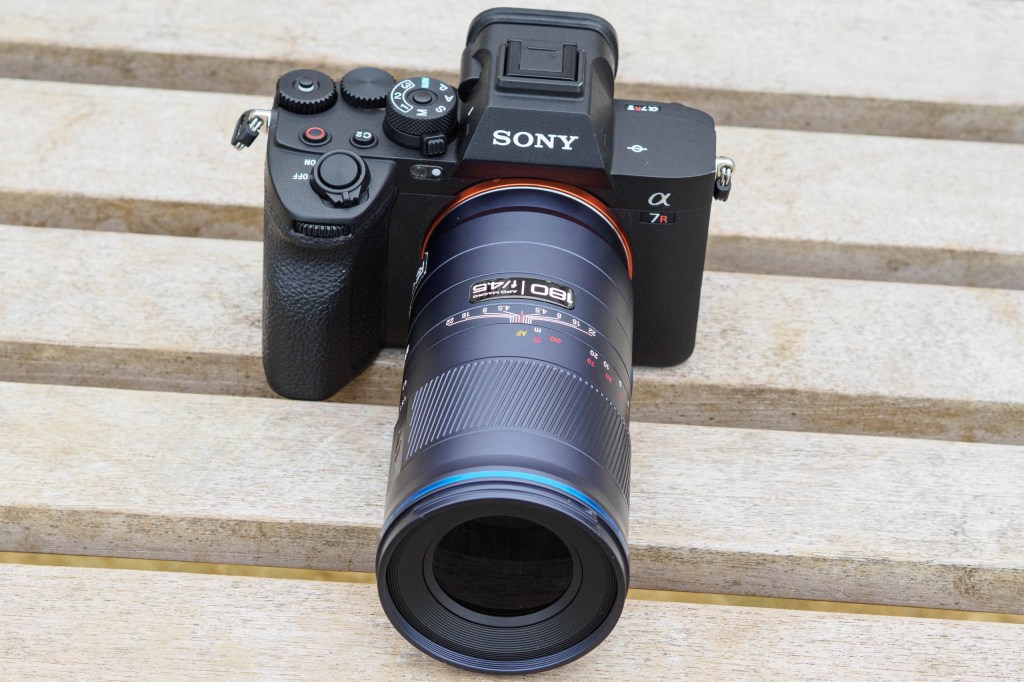
What’s perhaps most striking about this lens, though, is its price. At just $499 / £499, it costs significantly less than any of the camera manufacturers’ macro lenses. It even undercuts Sigma and Tamron’s 105mm and 90mm f/2.8 options. So what, if anything, is the catch?
How I tested the Laowa 180mm f/4.5 1.5x Ultra-Macro APO
I tested the Sony E-mount version of this lens, with autofocus and electronic aperture control, on the 60MP Sony Alpha 7R V camera body. I shot well over 300 frames with the lens, and while I mainly concentrated on close-ups, I also made a point of photographing more distant subjects to check its optical performance over the full range. I also tested its autofocus by photographing moving subjects.
Features
Laowa has built the 180mm f/4.5 macro using 12 elements in 9 groups, including 2 extra-low dispersion (ED) and 1 ultra-high refraction glass elements. The APO (or apochromatic) designation indicates that the optical design should effectively eliminate longitudinal chromatic aberration. This means we shouldn’t see any problematic colour fringing in out-of-focus regions, which can often be a problem with telephoto lenses.
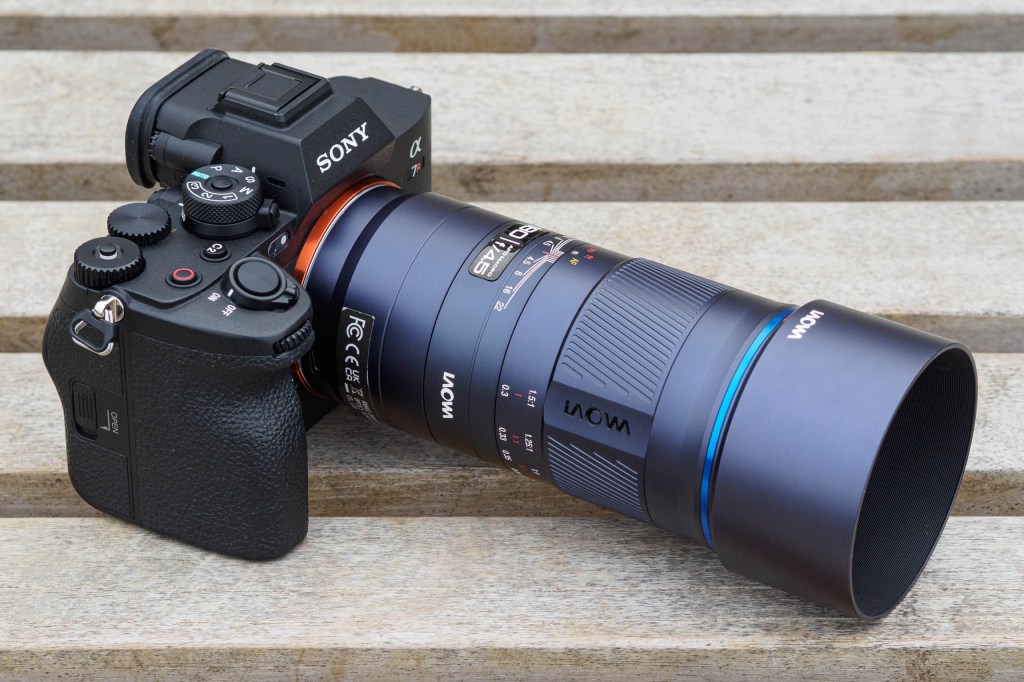
Autofocus versions of the lens employ a unique system, in that AF is only available across a limited range from 1.5m to infinity. This means it can’t be used for close-ups, but it’s still handy for other scenarios where this lens might plausibly be used, such as portraits or wildlife. For macro shooting, the focus ring moves the optical groups mechanically; in contrast, other lenses for mirrorless cameras use the AF motor for manual focusing.
This approach might see odd, but it does make sense. It means the focus motor only needs to cover a short travel, so autofocus can be quick. Macro focusing, on the other hand, requires moving a lot of glass over relatively long distances, which is much easier to do mechanically. Many photographers are quite accustomed to using manual focus for close-ups, anyway.
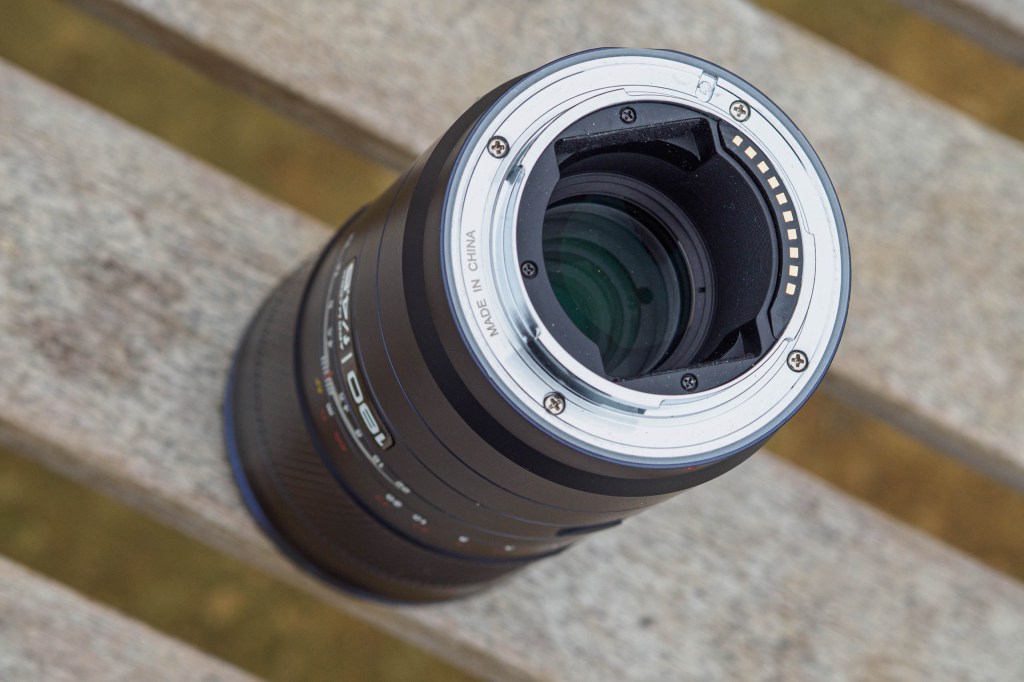
Focusing is internal, meaning the barrel always stays the same length. At the minimum focus distance of 30cm, the lens provides a working distance of 14.7cm to the subject. Remember that this is at 1.5x magnification; at the life-size setting, you get another 6cm or so. In comparison, macro lenses with focal lengths around the 100mm mark typically give 1:1 at a working distance of around 14cm. So with this lens, you can shoot from further away and give your subject a bit more space.
Laowa describes the lens as “durable and well-built”, but doesn’t appear to make any specific claims about weather sealing. However, on the E-mount version that I tested, there is at least a seal around the mount, to protect the camera from dust or moisture. The lens employs a 9-blade aperture, accepts 62mm filters, and comes with a somewhat shallow cylindrical hood.
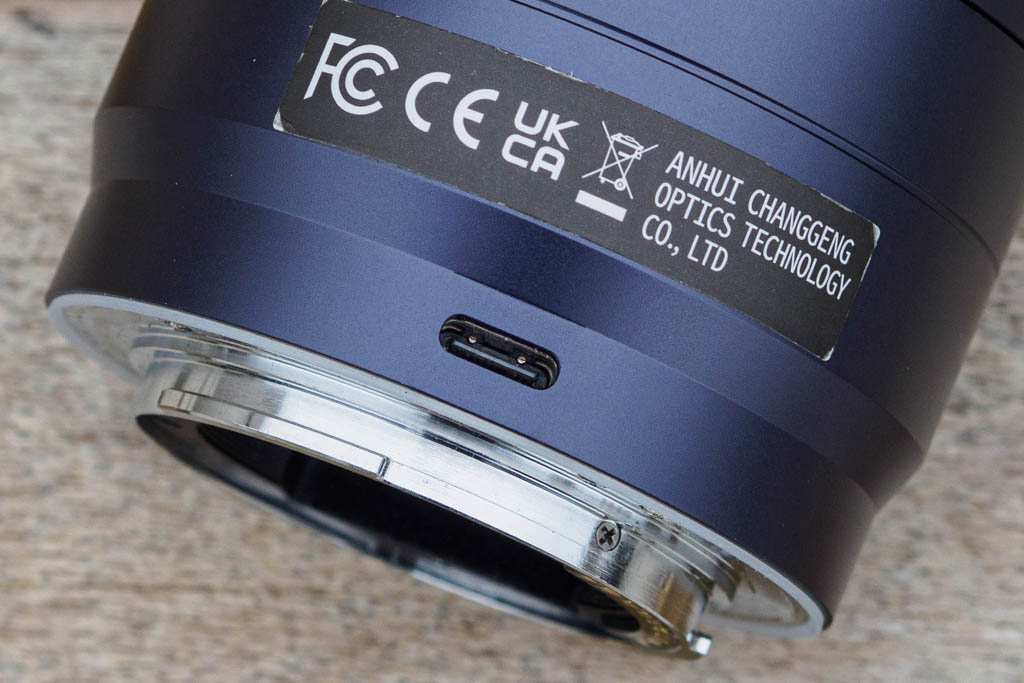
For the electronic variants, Laowa has included a USB-C port for future firmware updates. But as it’s a very new lens and the firm hasn’t released any updates yet, I didn’t get the chance to try out the update procedure.
It’s worth noting that this lens doesn’t have optical stabilisation. That’s only to be expected, given the price. Most of the cameras it will be used on include in-body stabilisation, and many photographers will use a tripod for macro work anyway.
Build and handling
Two things really struck me when I first took the Laowa 180mm f/4.5 macro out of its box. Firstly, just how small it is given the focal length, and secondly, how nicely made it feels. At 68mm in diameter, 134mm in length and 522g for the E-mount version, it’s similar in size to my Sony FE 90mm F2.8 G OSS Macro, and noticeably lighter in weight. This means it’s very much smaller than 180mm macro lenses from the DSLR era, which tended to have apertures around f/3.5 and weigh about a kilogram.
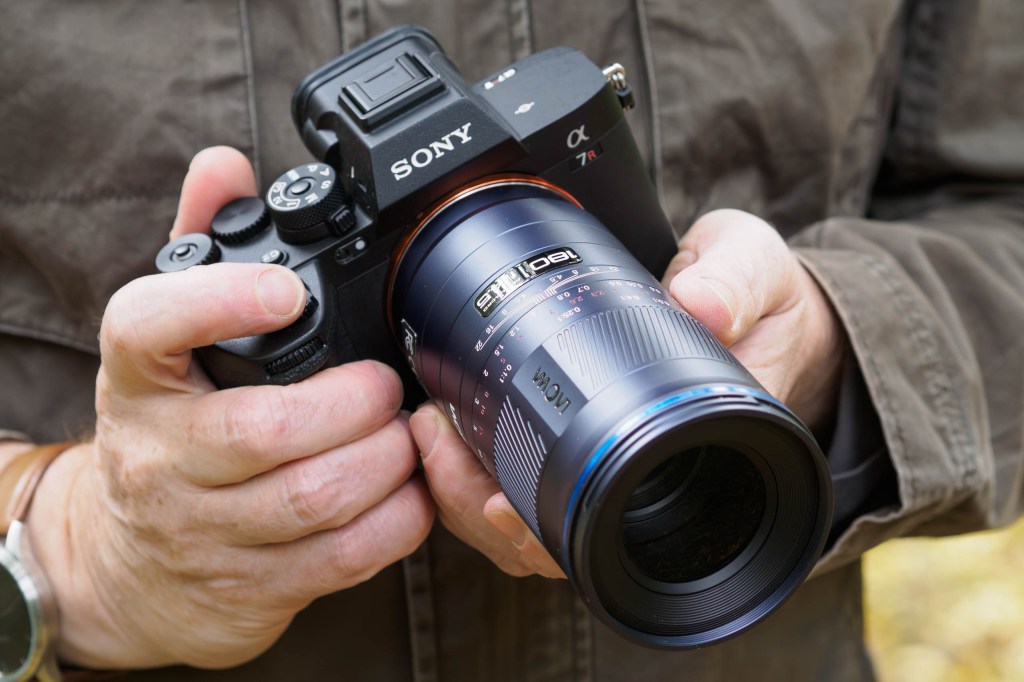
Despite the light weight, the outer barrel is entirely made of metal, and the lens hood is metal too. Both have a purplish tinge to the finish, which is unusual but not unattractive. I found it unexpectedly prone to wearing to bare metal on exposed corners on the hood, even in normal use, but I doubt that’s a huge cause for concern.
The manual focus ring has a rather natty diagonally ridged grip, with the Laowa name eye-catchingly engraved into flattened sections on either side. It turns very smoothly, without any hint of slack or backlash. In a nice touch, the hood doesn’t block you from using the focus ring when it’s reversed.
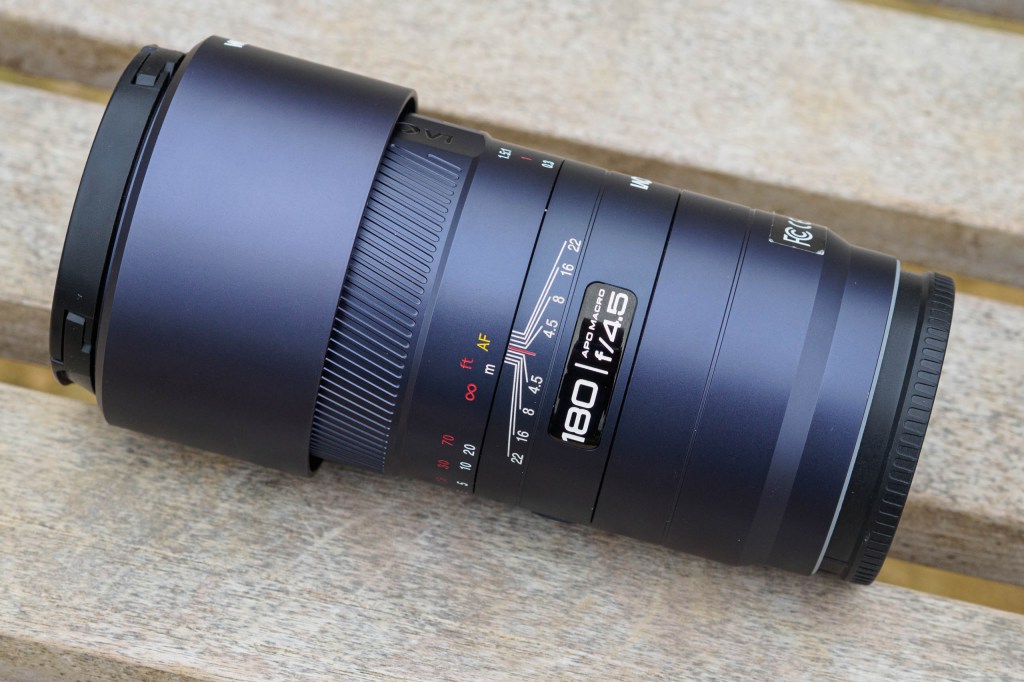
Cleverly, twisting the ring beyond its infinity mark switches over to autofocus operation. I think this is a great design, as it enables you to switch quickly and easily from autofocus to manual when you encounter a subject that’s closer than 1.5m. The focus ring has distance markings in meters and feet, plus a magnification scale. There’s also a depth-of-field scale, but this mainly serves to reinforce just little of your subject will ever be in focus.
The only other control is a button on the side that falls naturally under your thumb, at least when shooting horizontally. As usual, its function is set from the camera body. On Sony cameras, by default it temporarily pauses autofocus.
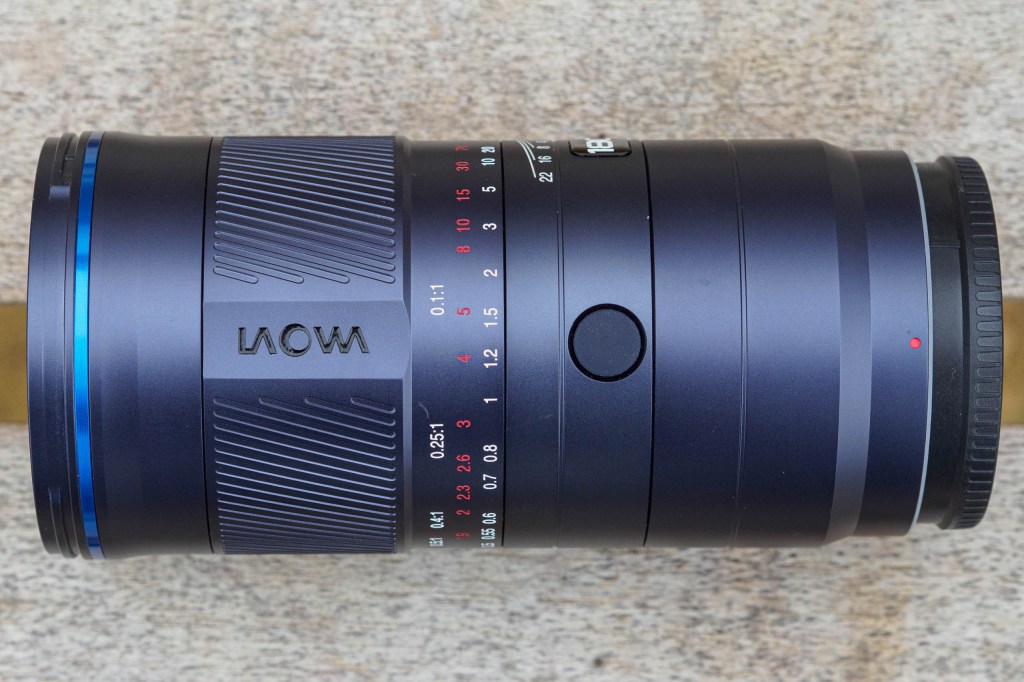
Thanks to its relatively small size and light weight, I found the lens to be a good match to the Sony Alpha A7R V that I used for testing. It’s every bit as easy to carry around and use hand-held as a 100mm macro lens. Laowa will sell you a matched tripod collar at a very reasonable price, but I’m not sure there’s much need for it.
Autofocus
While Laowa is best known for its manual-focus lenses, it’s been making autofocus ones for a couple of years now. Unusually, the firm doesn’t say what kind of motor it’s used here. But it turns out to be pretty fast and essentially silent in practical use.

I found the autofocus to be mostly reliable, especially with static subjects. But I did experience the occasional minor mis-focus when shooting at f/4.5, particularly in low light. However, this was only really apparent when examining images zoomed-in onscreen.
Likewise, while I got a good proportion of in-focus shots when tracking predictably moving subjects such as trains, I don’t think it’s as reliable for consistently hitting perfect focus with erratic wildlife. If that’s something you plan on doing often, you’d be better off with a more expensive telephoto zoom.
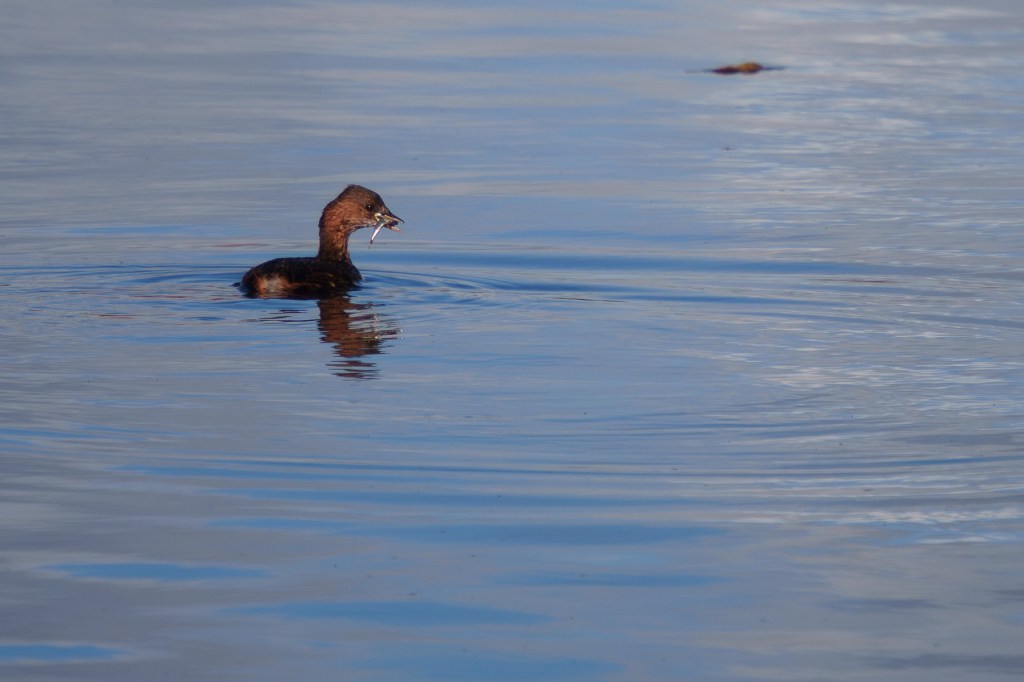
Manual focus works extremely well, though. Thanks to a long throw of 270° from infinity to the 30cm minimum distance, it’s easy to achieve precise focus. One quirk, though, is that turning the focus ring doesn’t automatically activate live view magnification on the camera. Presumably this is because the lens doesn’t use focus-by-wire, so the camera doesn’t know what’s going on. It therefore pays to assign the focus magnifier to a readily accessible button – I use the video button on the Sony A7R V.
Macro technique
Getting good results from this lens when shooting extreme close-ups is contingent upon all the usual caveats with macro shooting. Depth of field is so vanishingly shallow at high magnifications that the slightest movement of either the camera or subject will throw everything out. This means it’s generally easiest to set the camera on a tripod, and a geared macro focusing rail can be very useful, too.
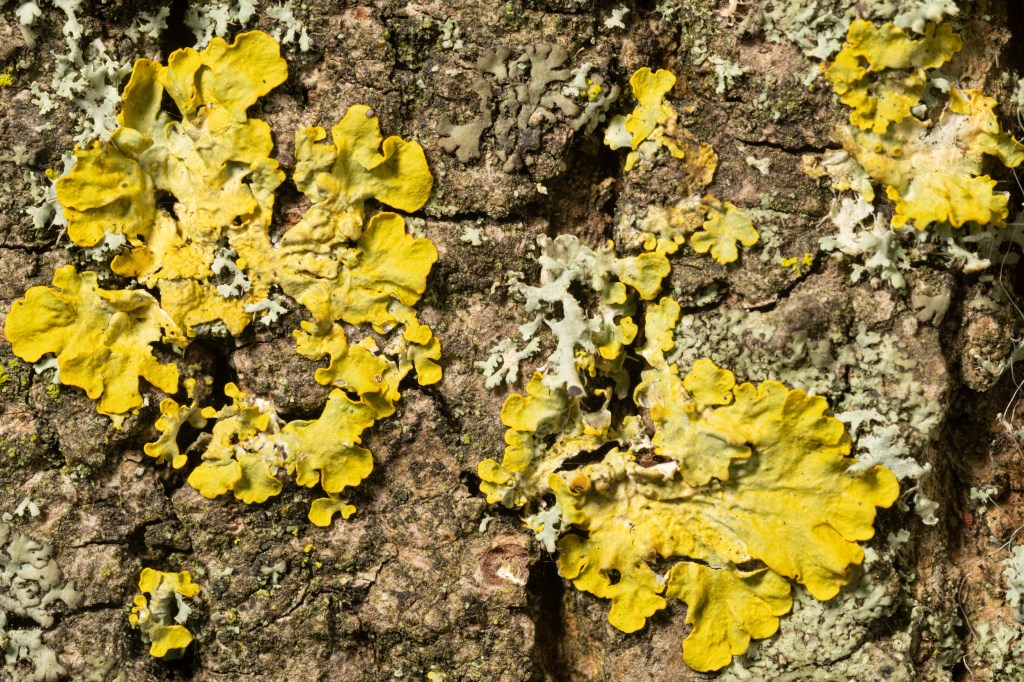
That said, I’ve found that it’s not out of the question to shoot extreme close-ups hand-held. The trick is to engage magnified live view, and then release the shutter immediately when your subject appears in sharp focus. Take three or four replicates, and at least one should be usable. Indeed, I shot a lot of the images in this review this way.
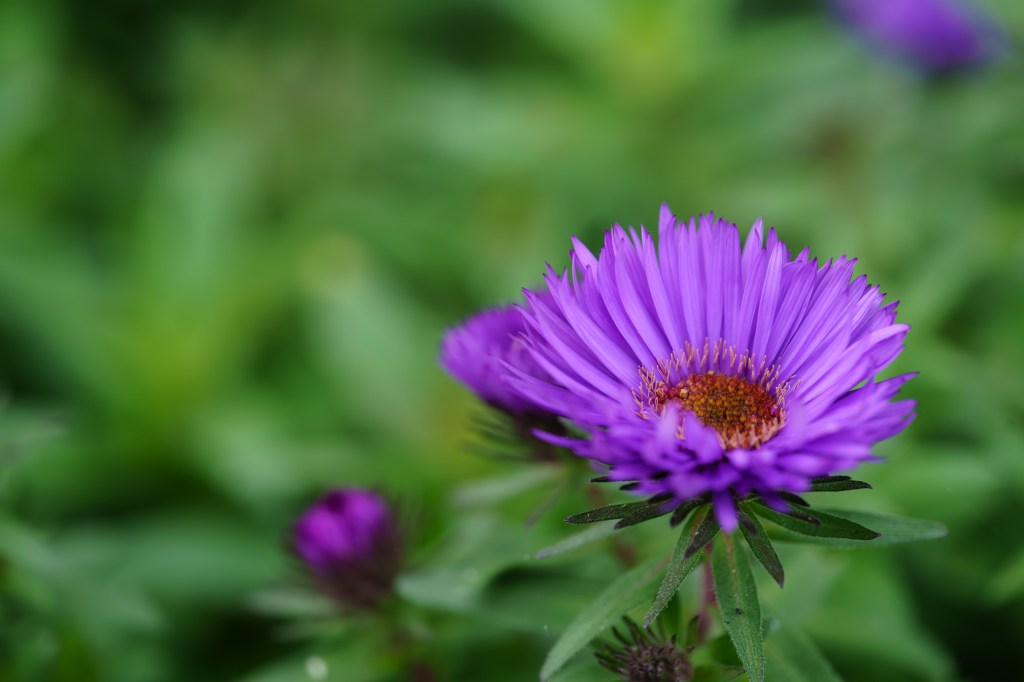
You’ll also often need to maintain high shutter speeds when shooting outdoors. Even a light breeze can cause motion blur, and image stabilisation is much less effective at high magnifications, too. Often, this will mean accepting high ISOs and using all the processing tricks at your disposal to get sharp, clean-looking images, including AI noise reduction and careful use of detail and sharpening controls. If you want extended depth-of-field at high magnifications, you’ll need to use focus stacking, which but that’s beyond the scope of this review.
Image quality
I’d expect that any macro lens should give excellent image quality, and that’s exactly what I saw from the Laowa 180mm f/4.5. The A7R V’s 60MP sensor makes it one of the most demanding full-frame cameras currently available, but the lens kept up with it pretty well. I shot over 300 images during the course of this review covering a range of subjects from near to far, and I was generally very pleased with the results.
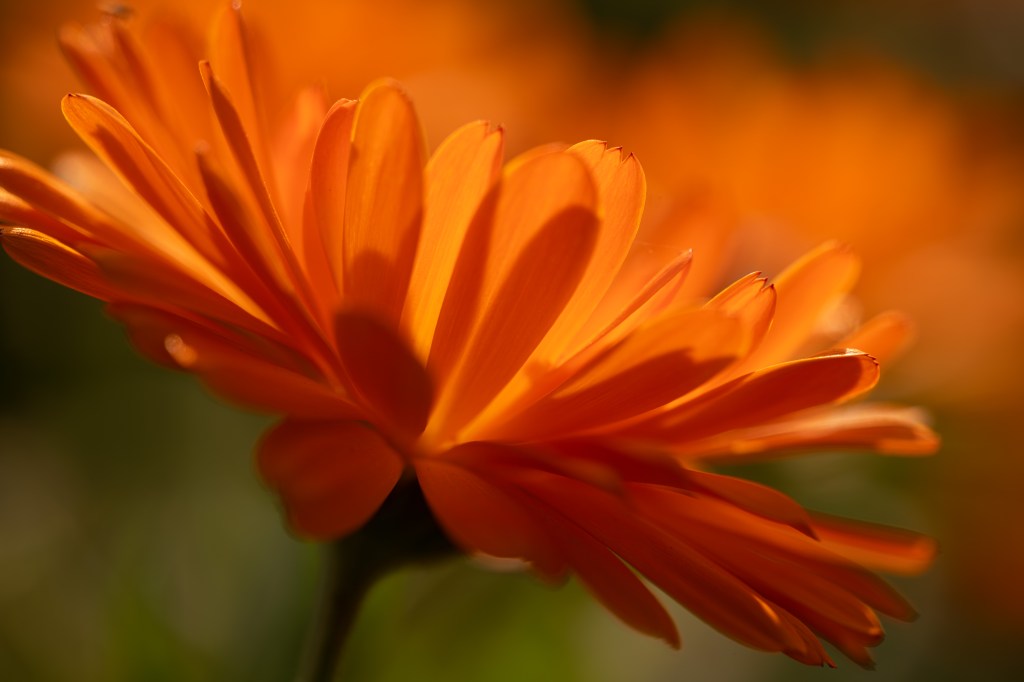
At shooting distances in the order of meters, the lens records a superb level of detail from corner to corner, even with the aperture wide open. In fact, there’s not really any obvious improvement in sharpness on stopping down to f/5.6 or f/8. This means you can select your aperture based purely on how much depth-of-field or background blur you want.

As usual on the A7R V, pixel-level detail starts to blur a little at f/11 due to diffraction, when examining images at 100% onscreen. Stop down further and this effect gets increasingly pronounced, but it may still be an acceptable trade-off against depth-of-field.
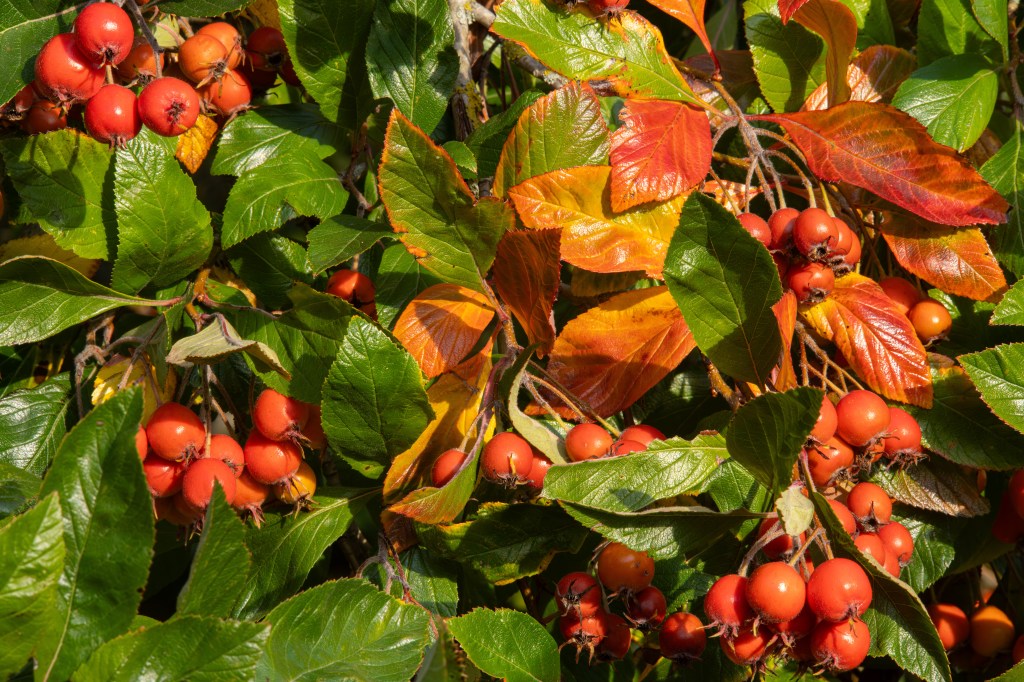
Laowa’s apochromatic designation looks well-founded – I’ve seen no signs of colour separation around high-contrast edges in the centre of the image. There is, however, a tiny degree of colour fringing towards the corners of the frame due to lateral chromatic aberration. But it’s in no way a serious problem, and is typically a one-click fix in raw processing anyway.
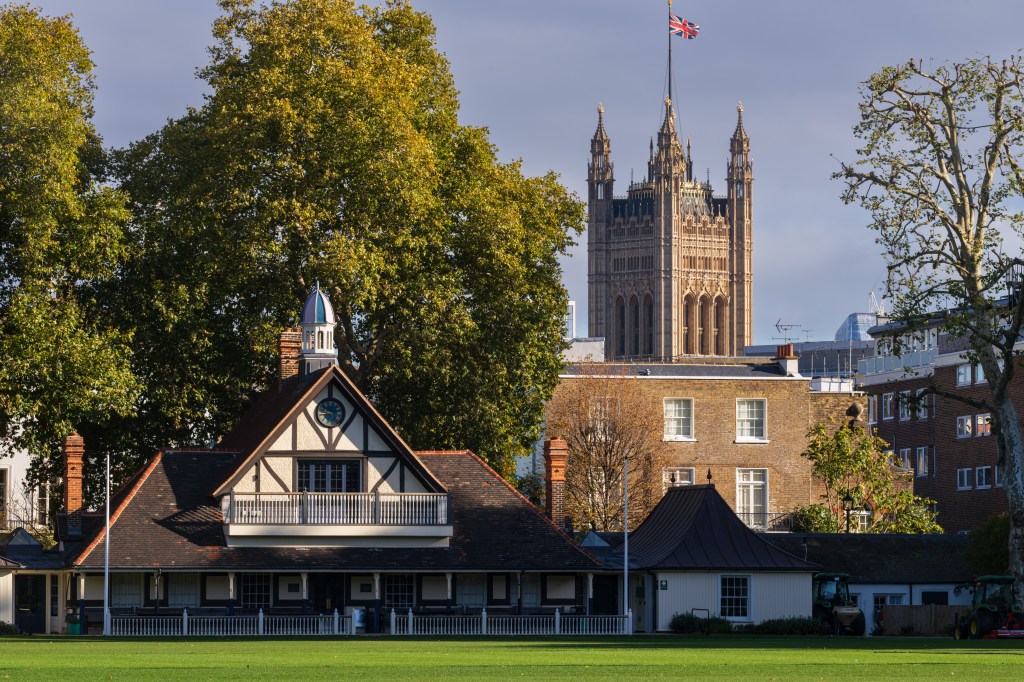
There’s no hint of distortion either, with straight lines along the edge of the frame drawn correctly without any waviness. This isn’t down to software compensation, either – the lens is perfectly corrected optically. Some vignetting is present at f/4.5, but the darkening effect towards the corners is very gradual, and often you won’t even notice it. It’s much reduced at f/5.6 and gone by f/8.

Out-of-focus backgrounds are rendered very nicely, with smooth, attractive blur. The lens renders the transitions from in-focus to defocused regions very pleasingly, too. Close-up shots taken at f/4.5 look gorgeous, just as long as you nail the focus at exactly the right point (of course).
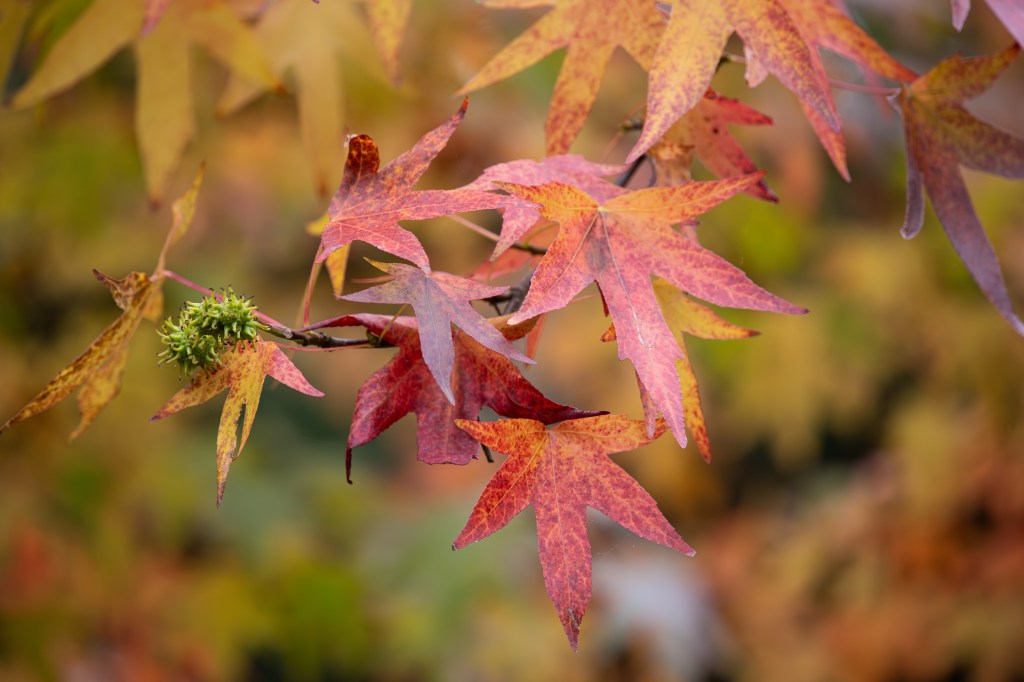
About the only time I noticed any problem was when shooting directly into the light. There can be a severe drop in contrast when the sun is outside the frame but still shining directly onto the front element – something which isn’t helped much by the rather shallow lens hood. But this is very visible in the viewfinder, so you can take appropriate steps to shade the lens.
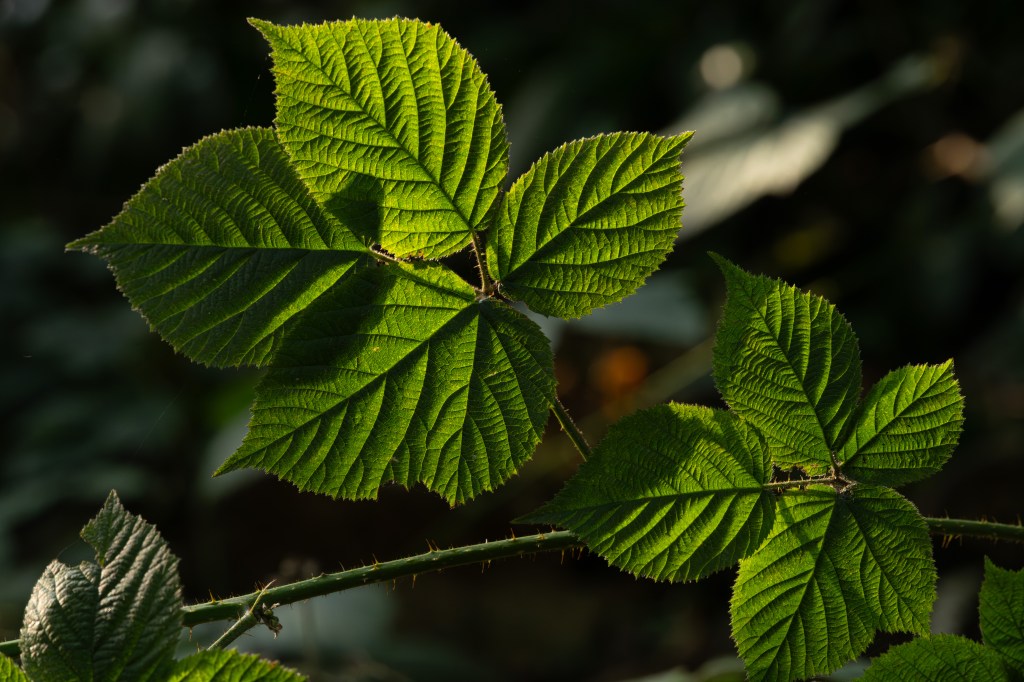
As always with macro lenses, though, it’s important to appreciate that things change dramatically once you move into the realm of extreme close-ups. The effective aperture becomes significantly smaller, with that f/4.5 maximum dropping to f/9 at 1:1, and then on to f/11 at 1.5:1. This is visibly into diffraction territory on high-resolution full-frame, and fine detail only gets increasingly blurred as you close the aperture further. This also pushes you towards using longer shutter speeds and/or higher ISOs.
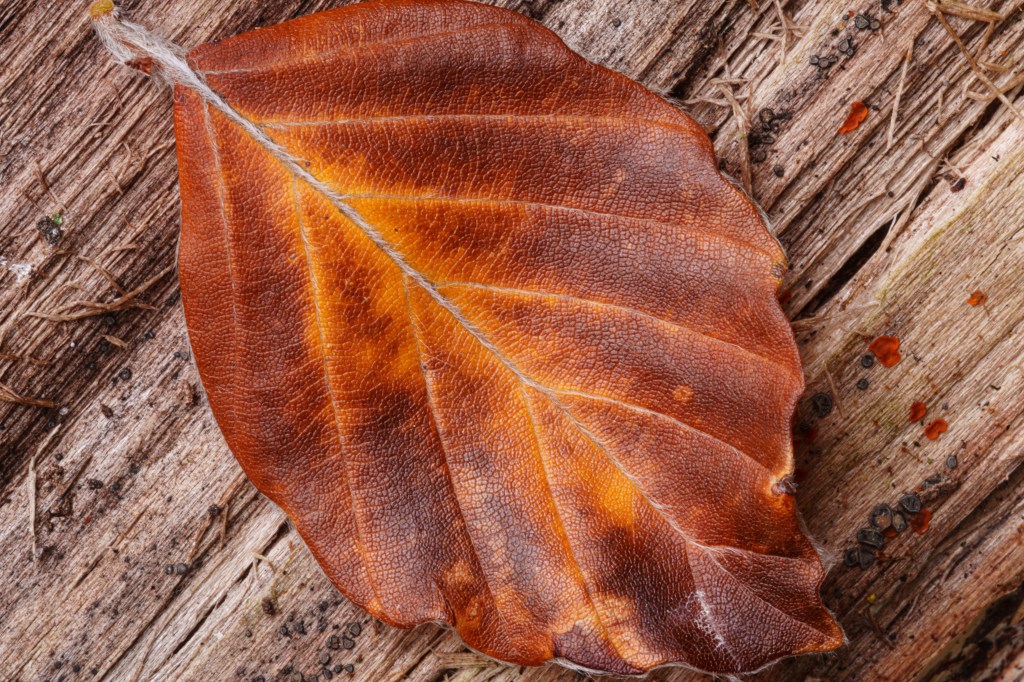
It’s important to understand that this isn’t a flaw with the lens, instead it’s just how optical physics works. And I can’t stress enough that the image is always more important than the pixels. But it is something that you need to be aware of and understand when pushing a lens of this type to its limits.
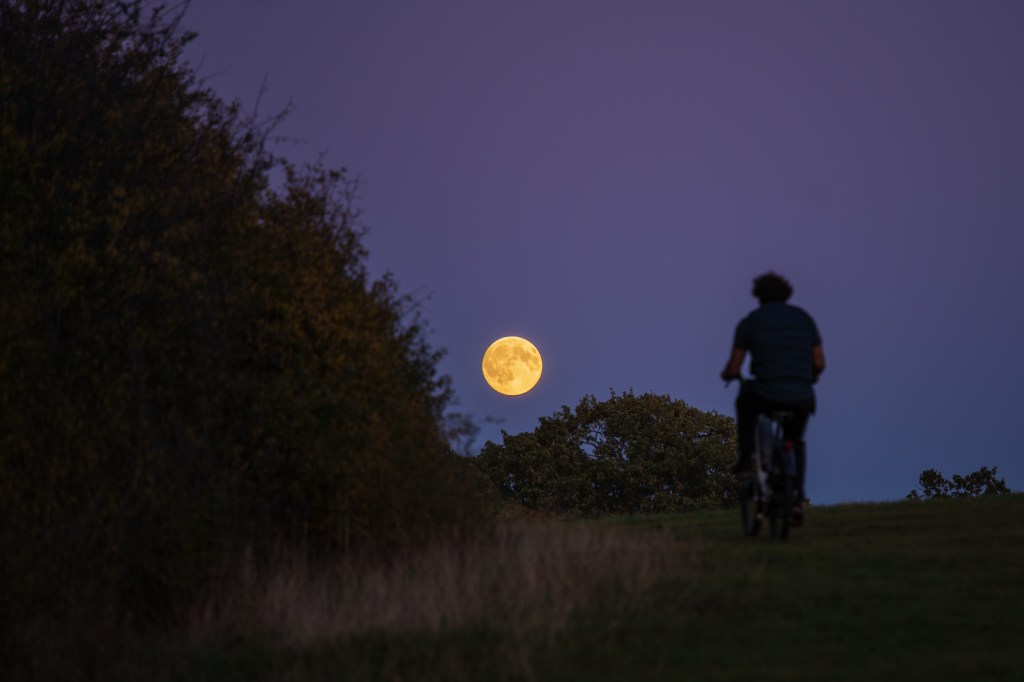
Finally, if you’re understandably worried about buying a telephoto lens without optical stabilisation, I don’t think it’s a problem with cameras that have in-body image stabilisation (IBIS). The image above was a quick grab shot, with the camera set to ISO 100 for maximum dynamic range. The A7R V’s IBIS has kept it nicely sharp. (Note that I have extensively manipulated this shot to balance the brightness of the moon and foreground.)
Laowa 180mm F4.5 Macro 1.5x Ultra-Macro APO: Our Verdict
I’ve been impressed by Laowa lenses when I’ve reviewed them in the past, but the 180mm F4.5 Macro 1.5x Ultra-Macro APO moves things up to a new level. The fact that you’re getting a 180mm macro that offers 1.5x magnification in a compact, lightweight package for just $499 / £499 is impressive enough on its own. But now, the inclusion of autofocus adds further to its versatility and appeal, even if it does only work for more distant subjects.
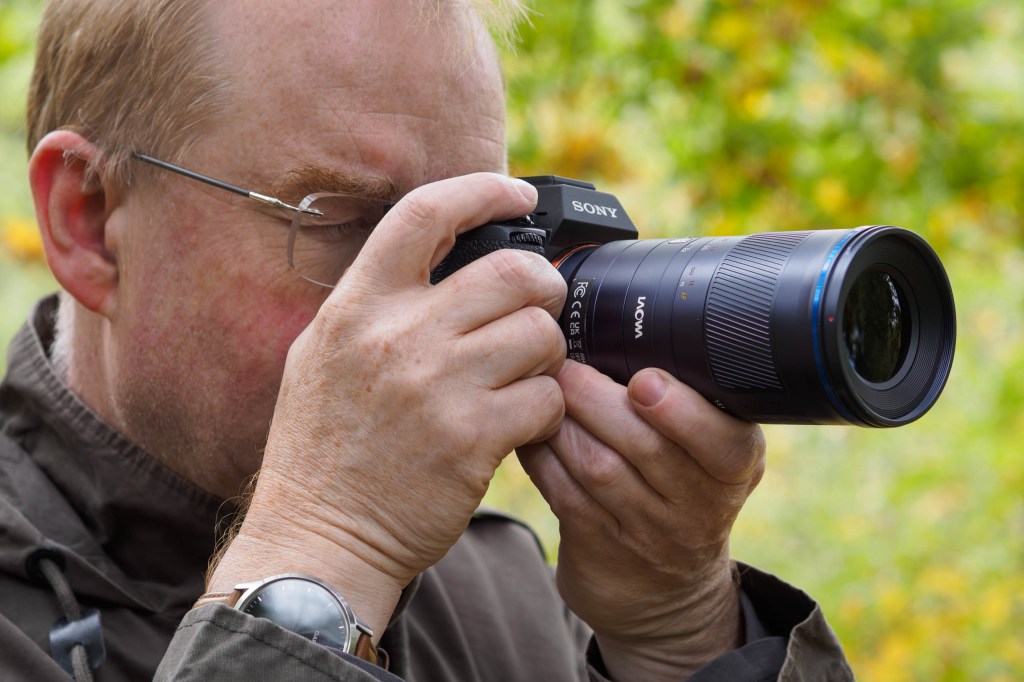
Most importantly, the lens delivers good-looking images that are stacked full of detail, complemented by attractive blur in out-of-focus regions. I really appreciated the longer-than-average focal length, too; it gives you more space to work in, and means you’re less likely to block your own light. The lens isn’t entirely perfect, though; the occasional slight mis-focus at f/4.5 can be frustrating, and it can be somewhat prone to flare when shooting directly into the sun.
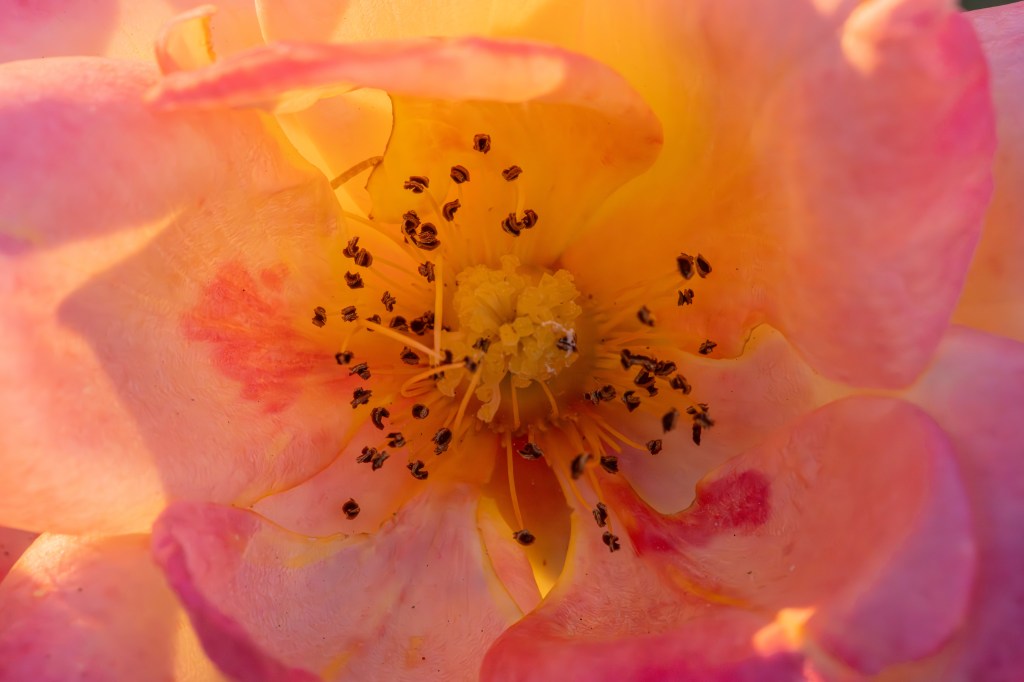
Overall, though, this lens offers a winning combination of great optics and exceptional value for money. For serious macro shooters, it’s a very attractive offering indeed. Its few minor foibles hold it back from quite getting a five-star rating, but it’s very, very close.
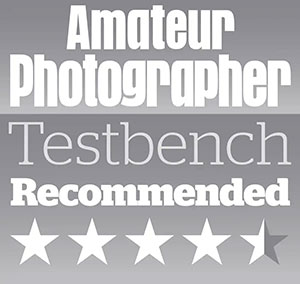
Follow AP on Facebook, Instagram, YouTube and TikTok
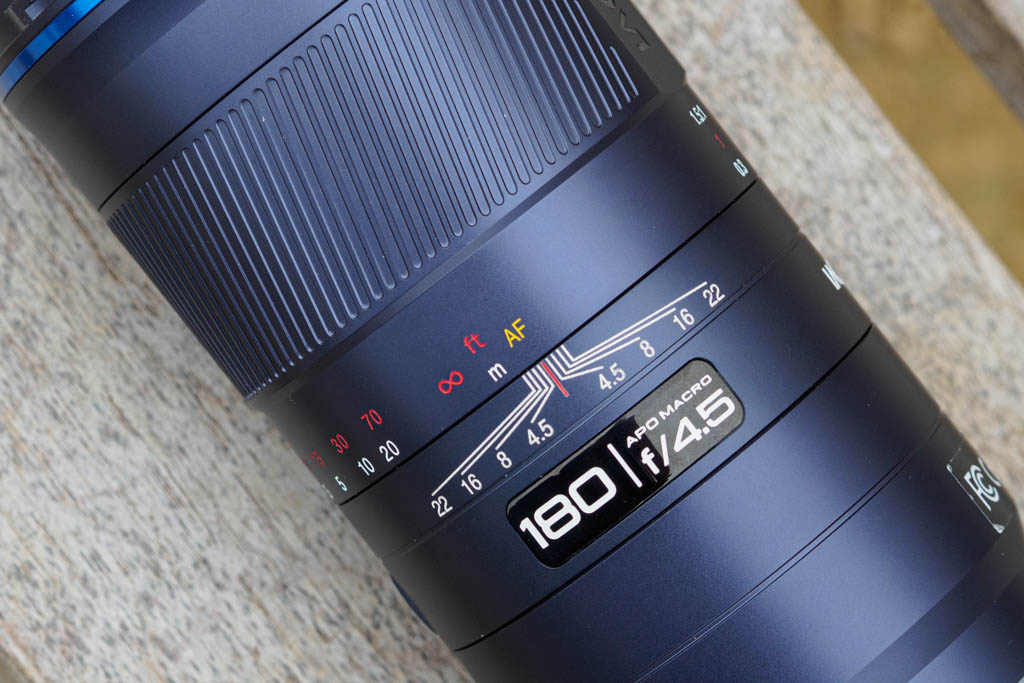
Laowa 180mm f/4.5 1.5x Ultra-Macro APO full specifications
| Price | $499 / £499 |
| Filter Diameter | 62mm |
| Lens Elements | 12 |
| Groups | 9 |
| Diaphragm blades | 9 |
| Aperture | f/4.5- f/32 |
| Minimum focus | 30cm |
| Length | 134.4mm |
| Diameter | 67.6mm |
| Weight | 521.6g |
| Lens Mount | Sony E, Nikon Z, Canon EF, Canon RF, L-mount |
| Included accessories | Caps, hood |
| Optional accessories | Tripod collar |

